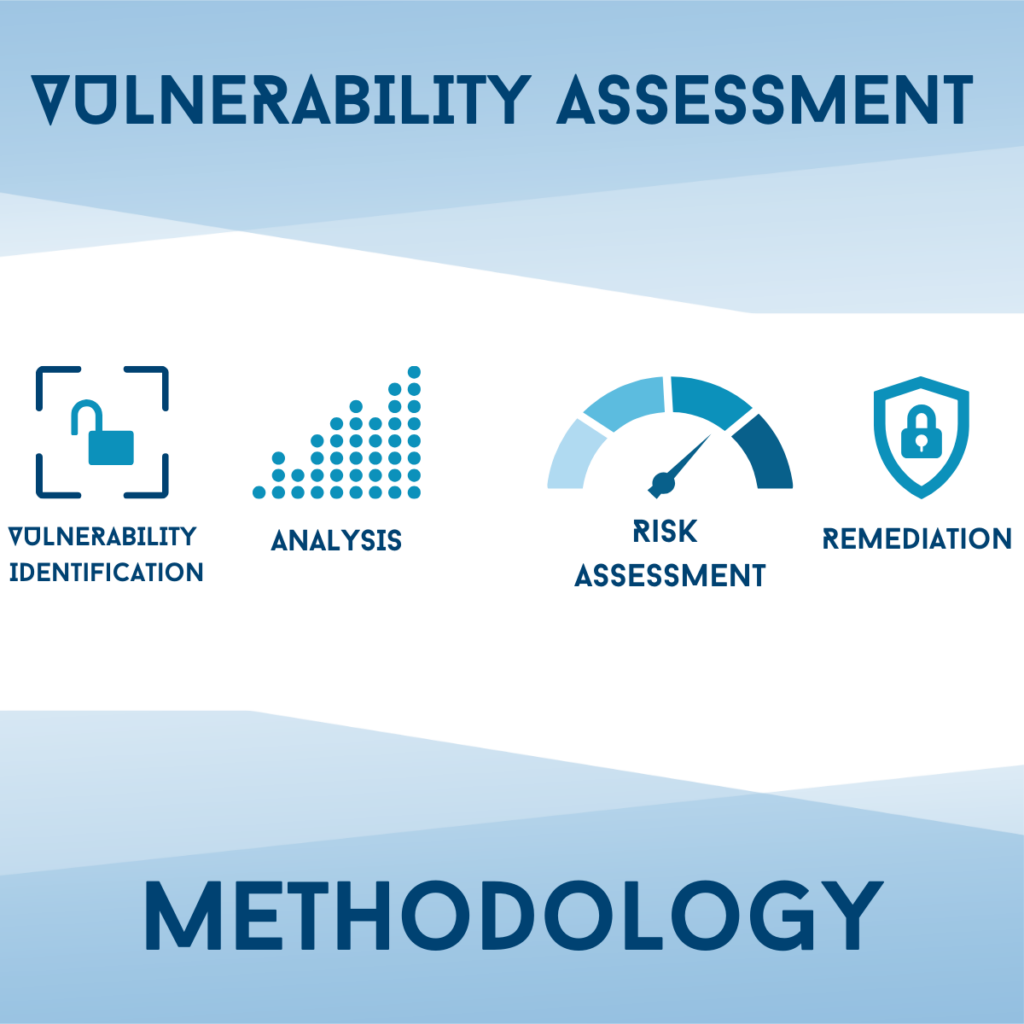
The Methodology and Importance of Vulnerability Assessments
Vulnerability assessments are an essential process that helps organizations identify and address potential weaknesses in their systems, networks, and applications. It is a systematic approach to evaluating a company’s security posture and detecting vulnerabilities that attackers could exploit. This article will explore the methodology, different types, and importance of vulnerability assessment.
To conduct a thorough security vulnerability assessment, it is essential to choose the appropriate types of vulnerability assessments and follow an approach aligned with established security objectives. Examples of different assessment classifications include network assessments, application assessments, physical security assessments, and cloud infrastructure assessments. All of these assessments aim to identify vulnerabilities within their respective environments. Without a proper methodology, allocating resources toward unnecessary protective measures is risky, leading to insufficient defense against malicious threats. Below is a comprehensive outline of the typical steps involved in a vulnerability assessment methodology.
1. Vulnerability Identification: The following is a guide to conducting a vulnerability scan on your IT infrastructure and creating a comprehensive list of potential security threats. You’ll need an automated vulnerability scanning tool to verify findings and address false positives.
2. Analysis: Utilizing a scanning tool will give you a detailed report that includes unique risk ratings and scores for each vulnerability detected. Most tools use the Common Vulnerability Scoring System (CVSS) to assign a numerical score, allowing you to prioritize the vulnerabilities based on severity, urgency, potential damage, and overall risk.
3. Risk Assessment: The next step is effectively prioritizing the vulnerabilities. Security analysts will assign a rank or severity score to each vulnerability, considering various factors such as the affected systems, at-risk data, susceptible business functions, ease of attack or compromise, severity of potential attacks, and potential damage. This process will allow your organization to make informed decisions to manage or mitigate risks and enhance overall resilience amid uncertainties.
4. Remediation: Once you have identified all vulnerabilities, the final step is to address and resolve the identified issues through remediation. Remediation strategies may include applying security patches, updating software, reconfiguring systems, and introducing additional protective measures to prevent or minimize the impact of potential security breaches. The goal of remediation is to strengthen the security posture and reduce the likelihood of successfully exploiting vulnerabilities.
It is essential to understand what needs protection to carry out a successful assessment. Vulnerability assessment is a crucial component of any comprehensive security program. Masser Technologies is informed on the various methods for conducting such assessments, highlighting the importance of selecting a methodology customized to the organization’s specific requirements and the nature of the evaluated assets.




